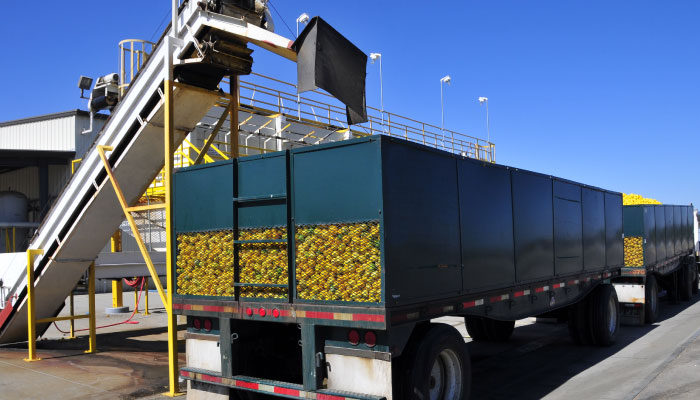The U.S. Food and Drug Administration’s (FDA) final Food Safety Modernization Act (FSMA) rules on Sanitary Transportation of Human and Animal Food went into effect in April 2017, but many carriers and receivers are still struggling to fully comply with the rule. Part of the struggle involves how to train their workforces.
The FDA’s rule put in place requirements for shippers, loaders, carriers and receivers who transport food for both humans and animals and is part of a larger push for food safety. Key requirements of the rule include:
- The design and upkeep of transportation equipment must ensure that food does not become unsafe
- Measures must be taken during transportation to prevent the unintentional incorporation of a food allergen
- Carrier personnel must be trained in sanitary transportation and documentation
- Proper records must be kept
There are a handful of waivers for operations that are subject to other controls, including certain businesses involved in milk transport, direct-to-consumer food shippers and some shellfish shippers. There are also a handful of exemptions, noted Supply Chain Dive, for smaller companies, farm transporters, live animal transport, food just going through the United States and food completely enclosed by a container.
Compliance with the New Standards
With the rules now in effect, the FDA is moving toward enforcement—and violations can include fines and criminal penalties, noted Bill Bremer, a principal at consultants Kestrel Management.
“As the FSMA rules move to enforcement status, food companies must prepare to best respond to requirements and to develop programs for compliance, including Sanitary Transportation,” Bremer wrote for Food Safety Tech. “This requires companies to document specific verification steps to satisfy regulations and meet food safety transportation requirements.”
Kestrel published a 10-item self-assessment tool for companies that fall under the new FSMA rules:
- Evaluate your compliance requirements and categories
- Assess hazards outside or not part of your HACCP flows for determining preventive controls
- Make sure your preventive controls are supported by science-based justification
- Rely on statistical methods, published reports, peer review, industry/second-party verification, etc.
- Determine the program requirements for preventive controls implementation
- Establish policy, procedure, work instruction, test/validation, forms and records
- Determine the functional organizational responsibilities of preventive controls
- Ensure that your organizational responsibility includes oversight by process owners and food safety quality assurance management
- Ensure that you meet FSMA and customer deadlines
- Ensure that internal auditing of program elements meets established timing and allows for management review of preventive controls established for compliance
Still Struggling? Training Help Is Available
Shippers, carriers and brokers needing help in their efforts to comply with specific requirements of the rule can check out the FDA’s FSMA training portal that is available to the public.
The portal offers a plethora of training options that can seem dizzying. But the important thing is to try, according to the FDA. “One size doesn’t fit all,” says the agency of training programs. “The most important goal that the FDA expects of any training program is the outcome—that it advances knowledge among the food industry to meet FSMA requirements.”
Other resources include AudioSolutionz’s training conferences for the transportation industry.




